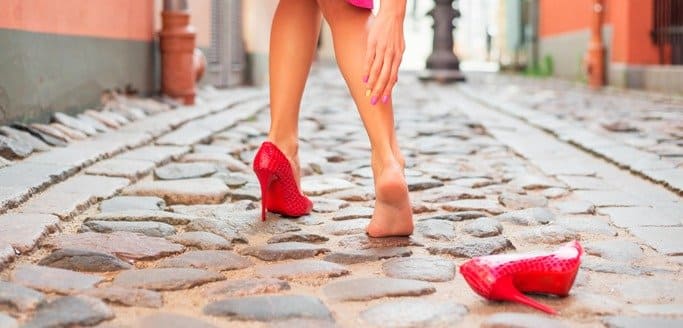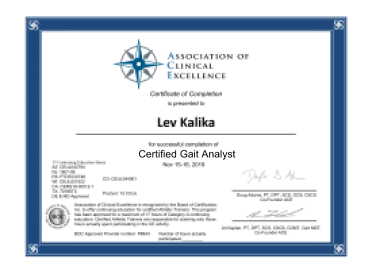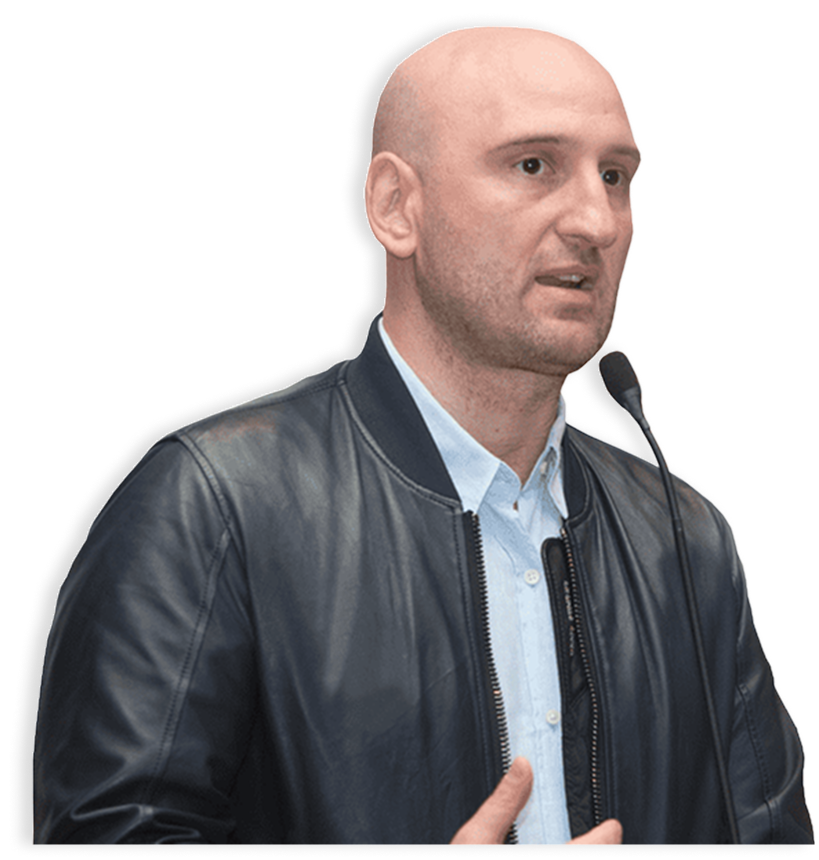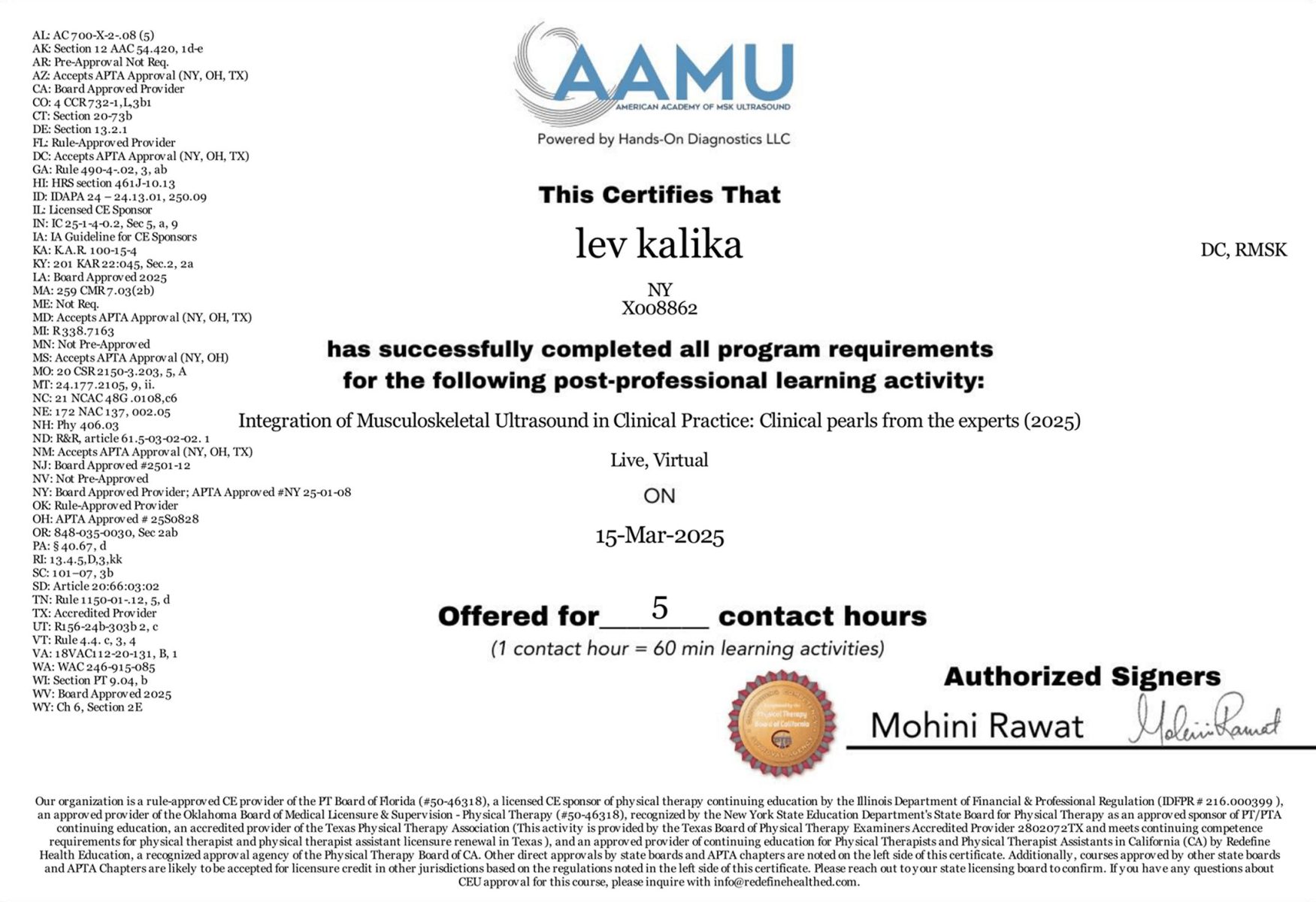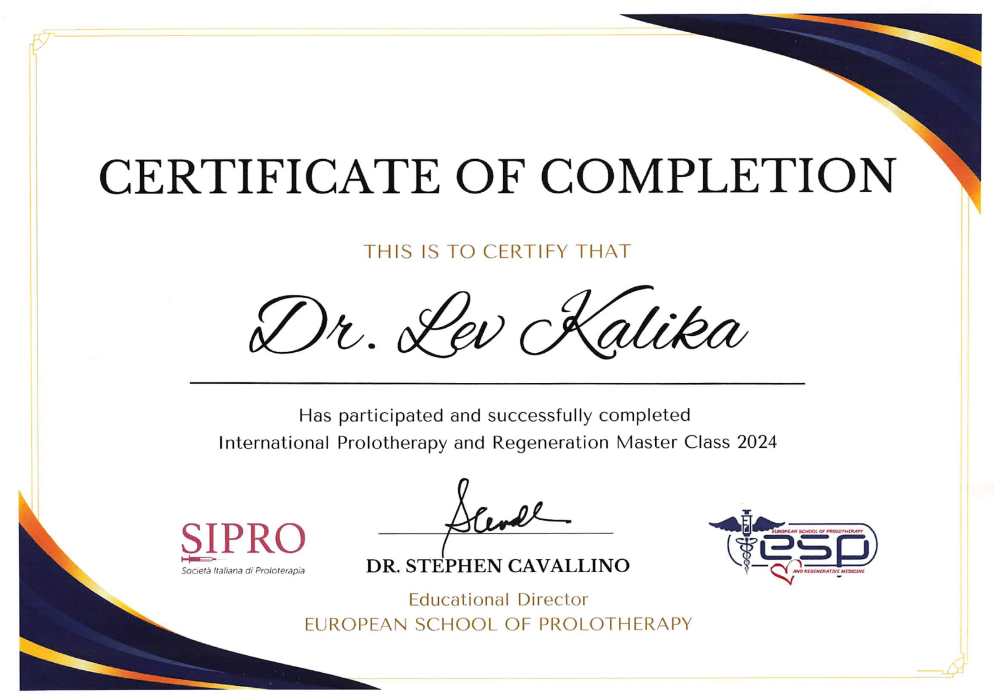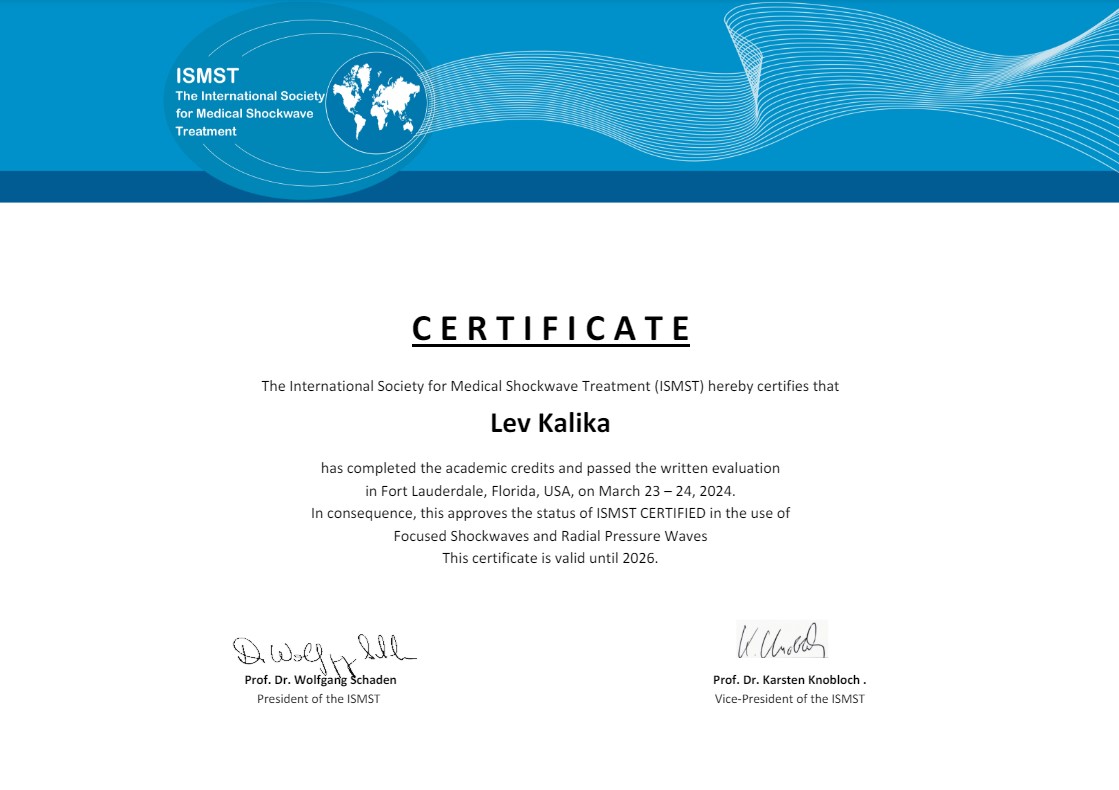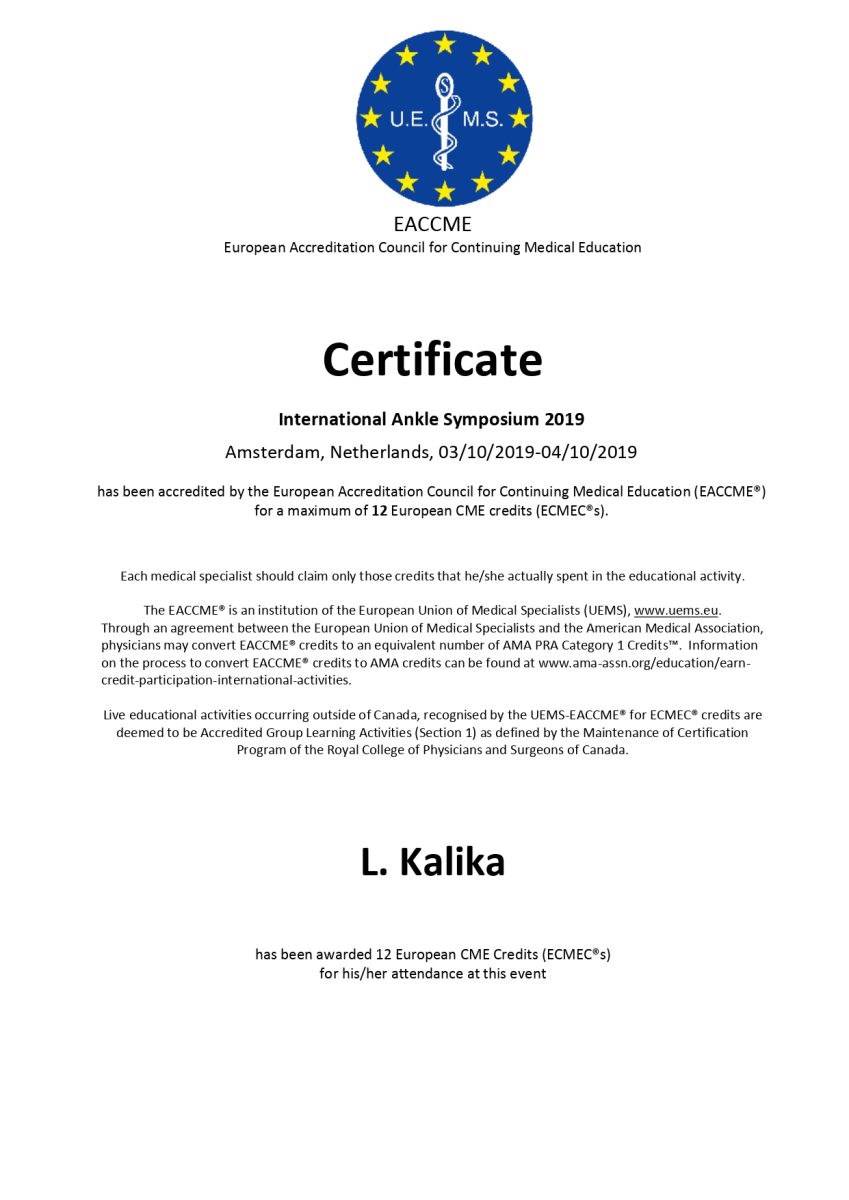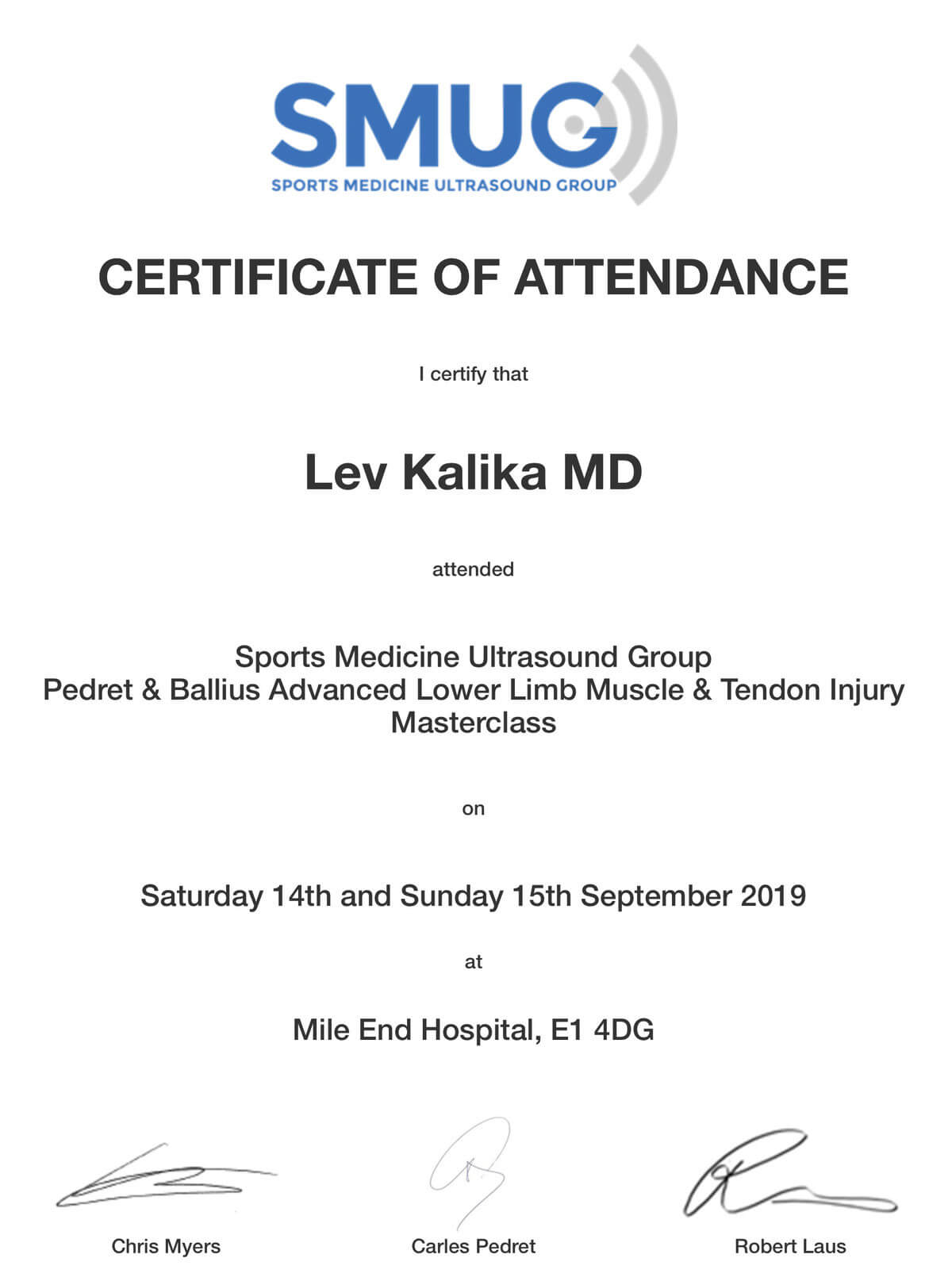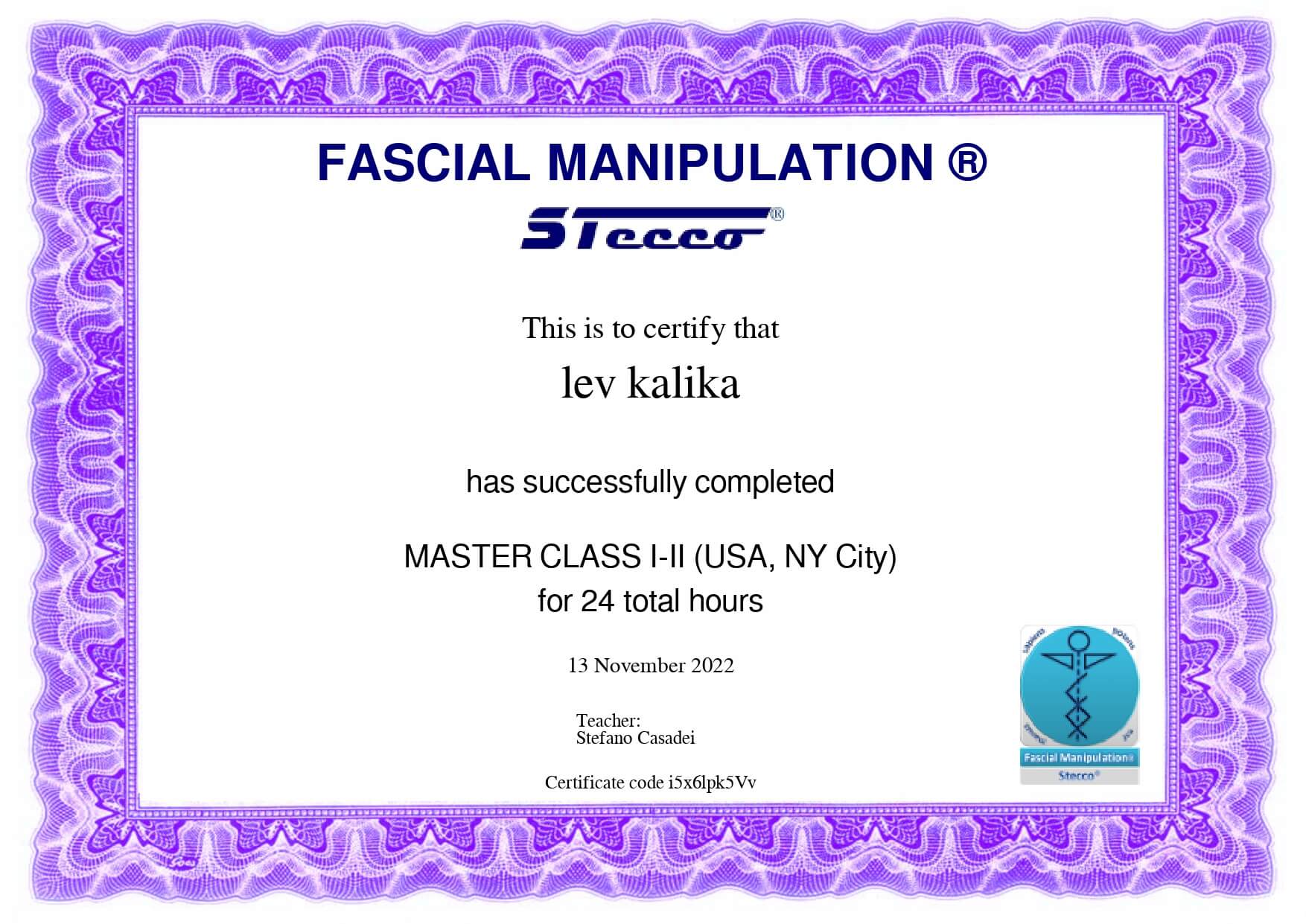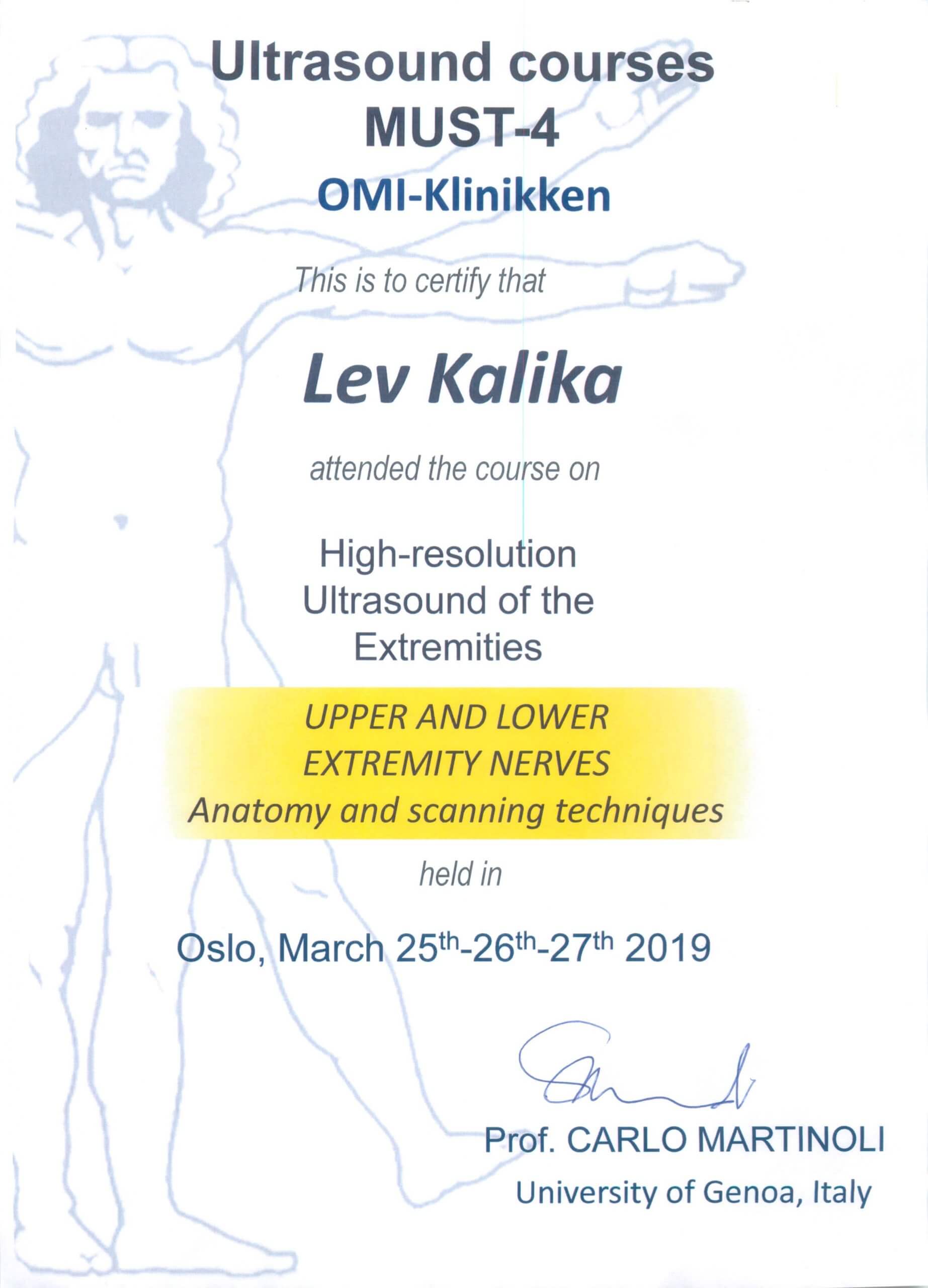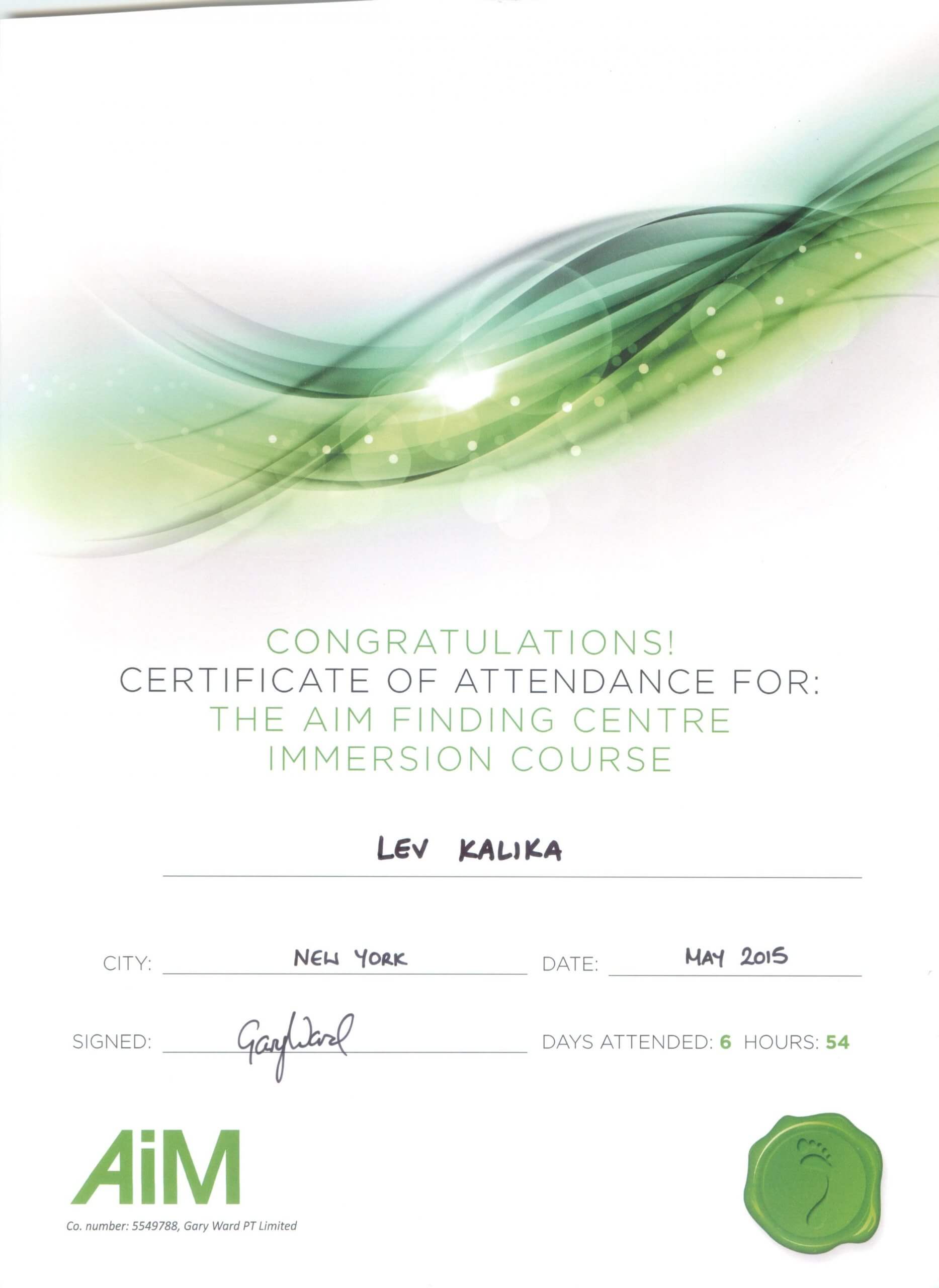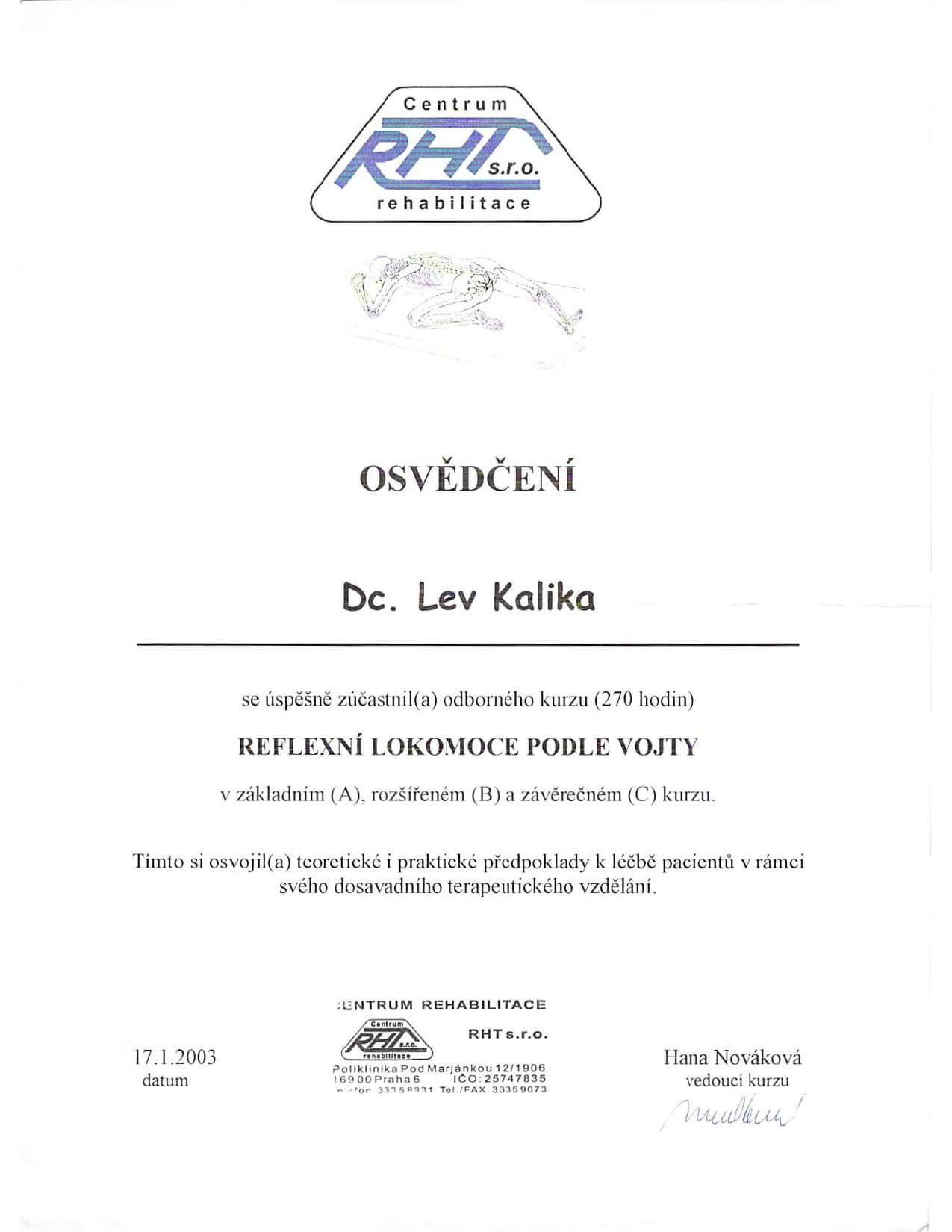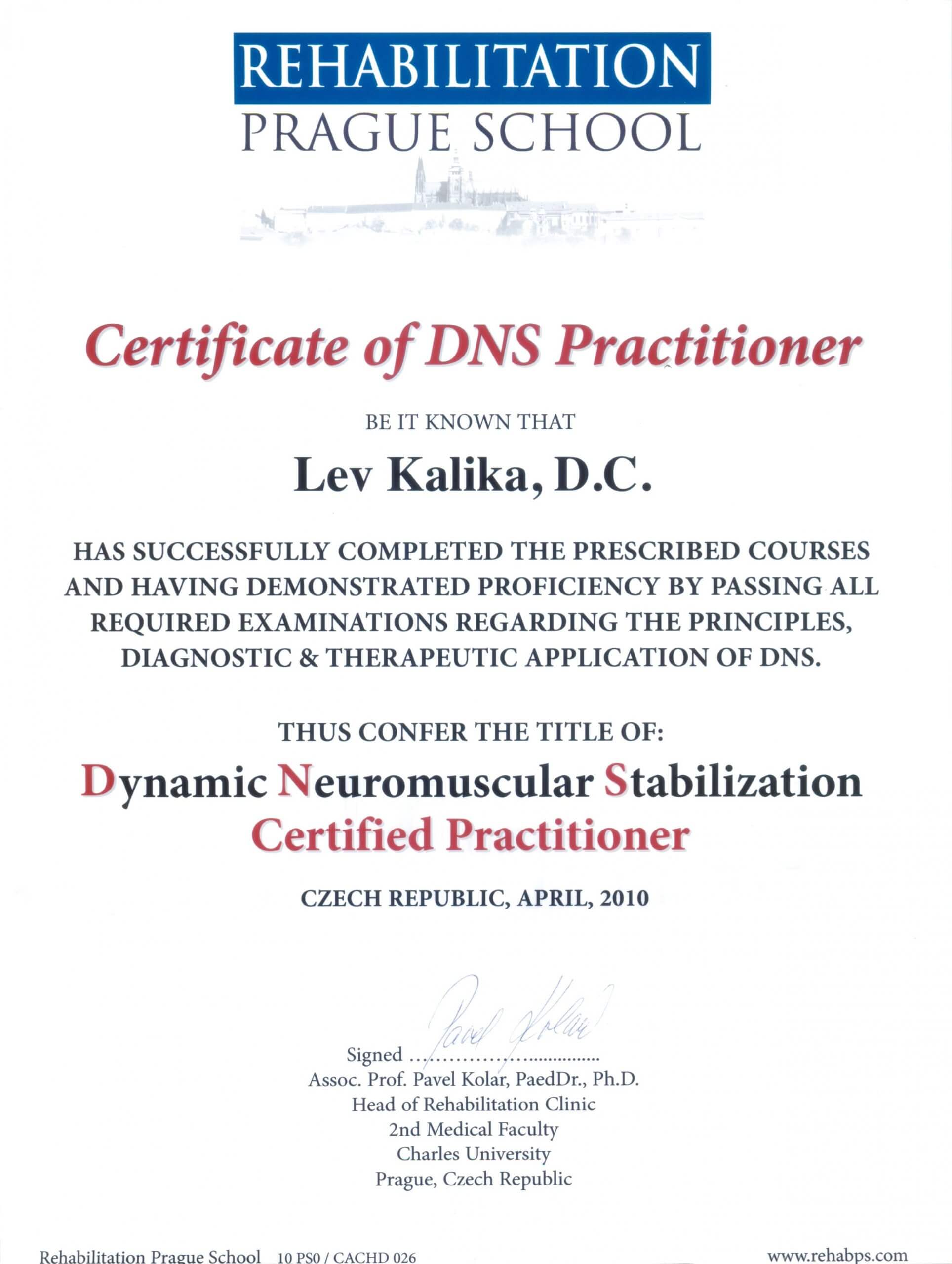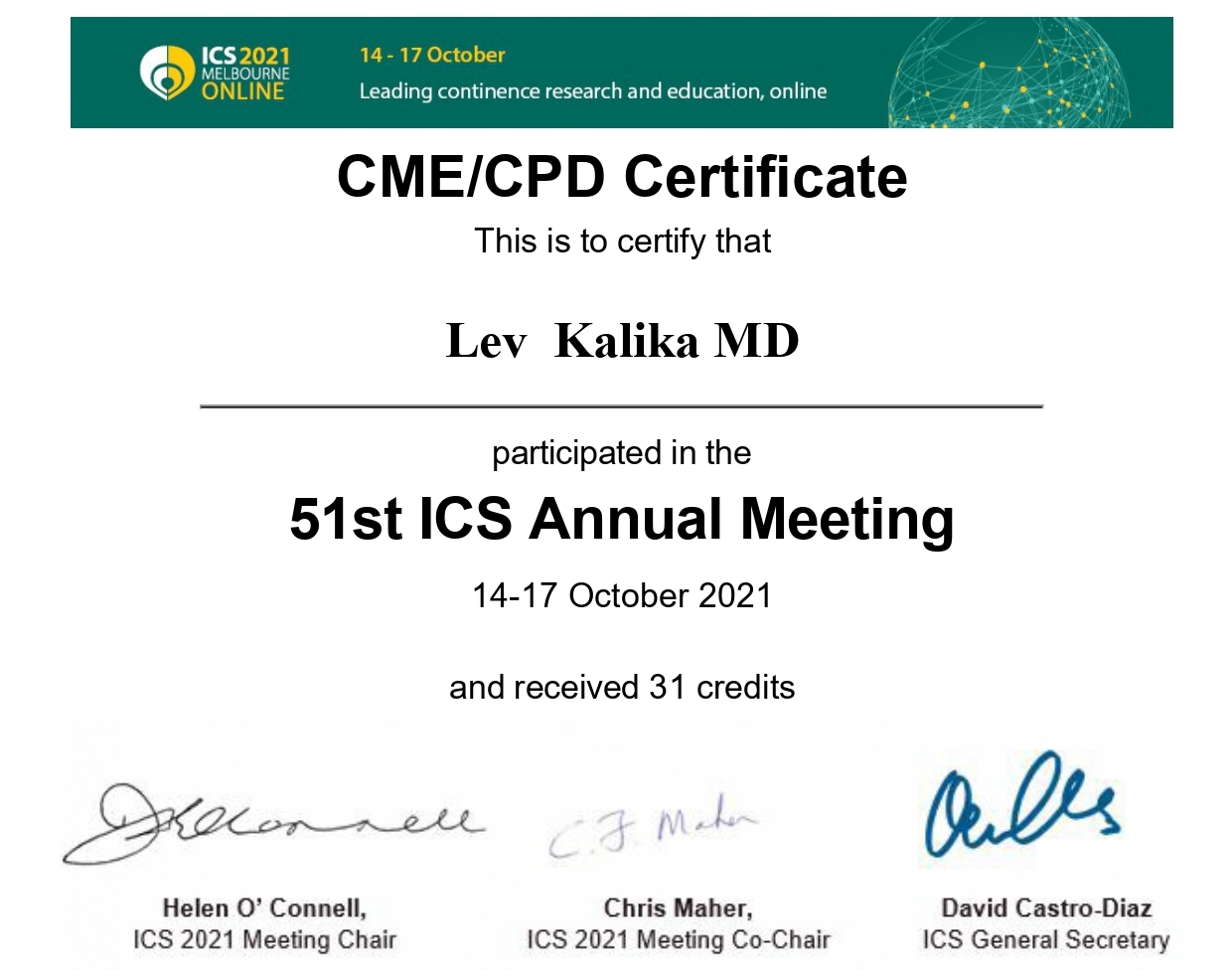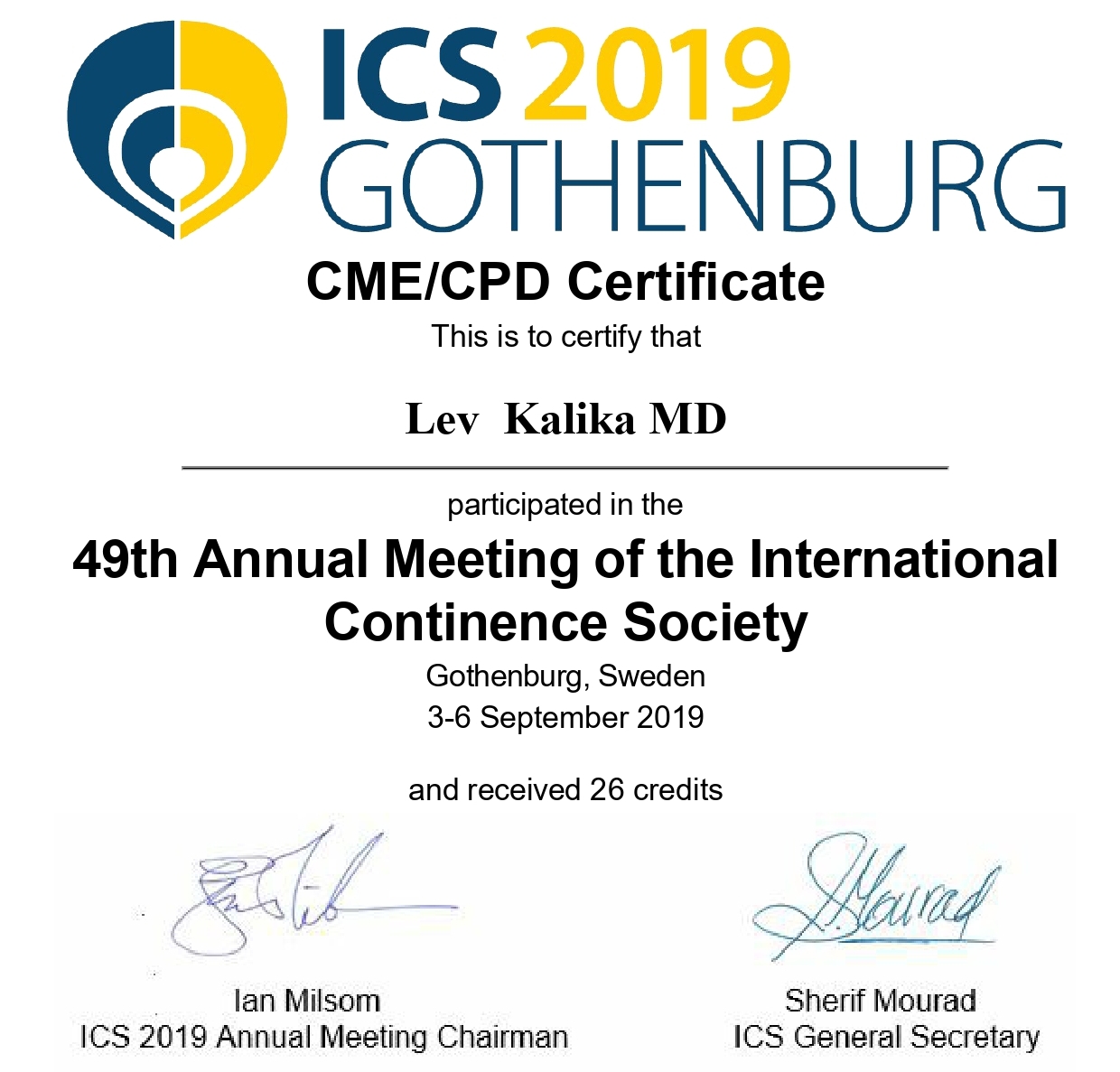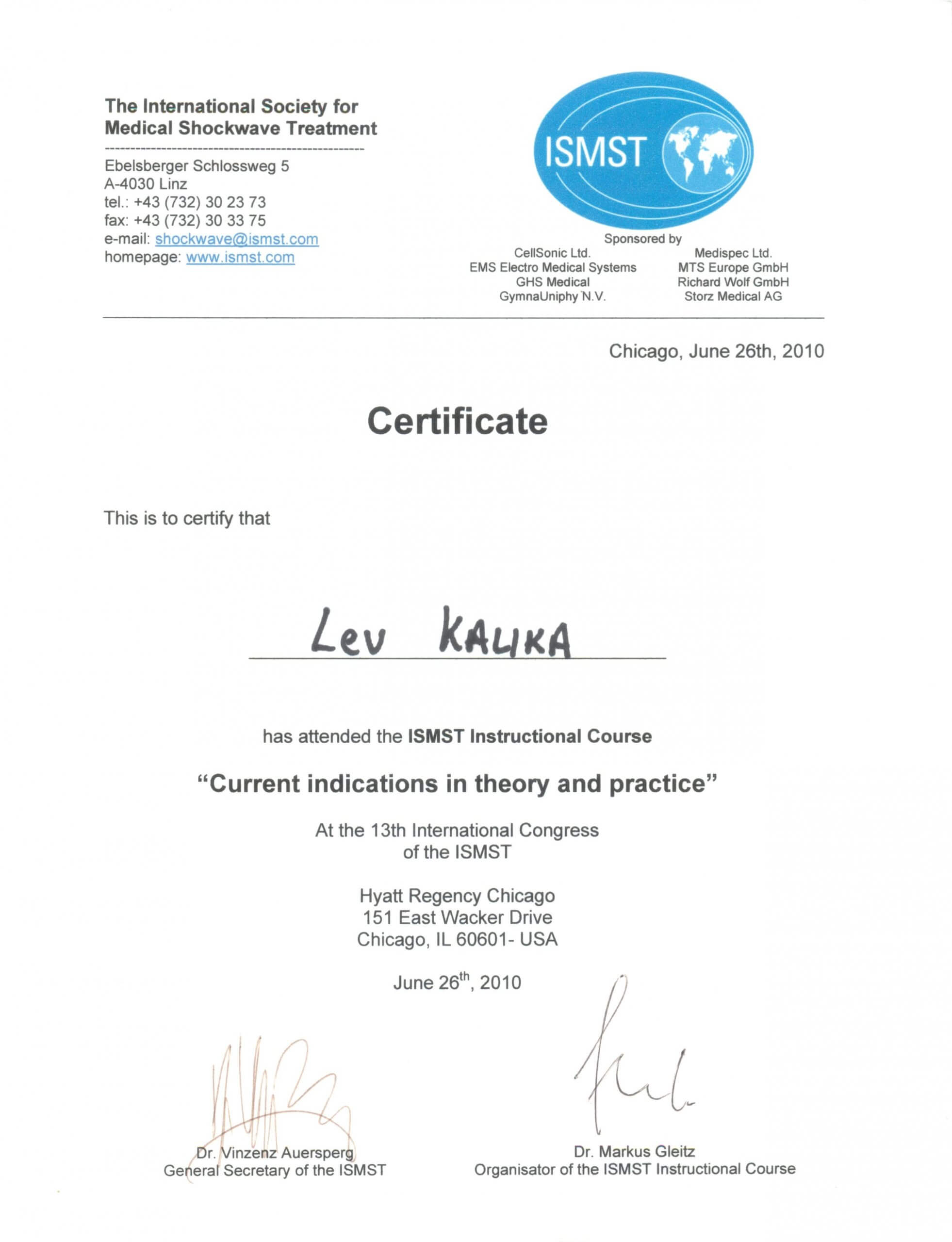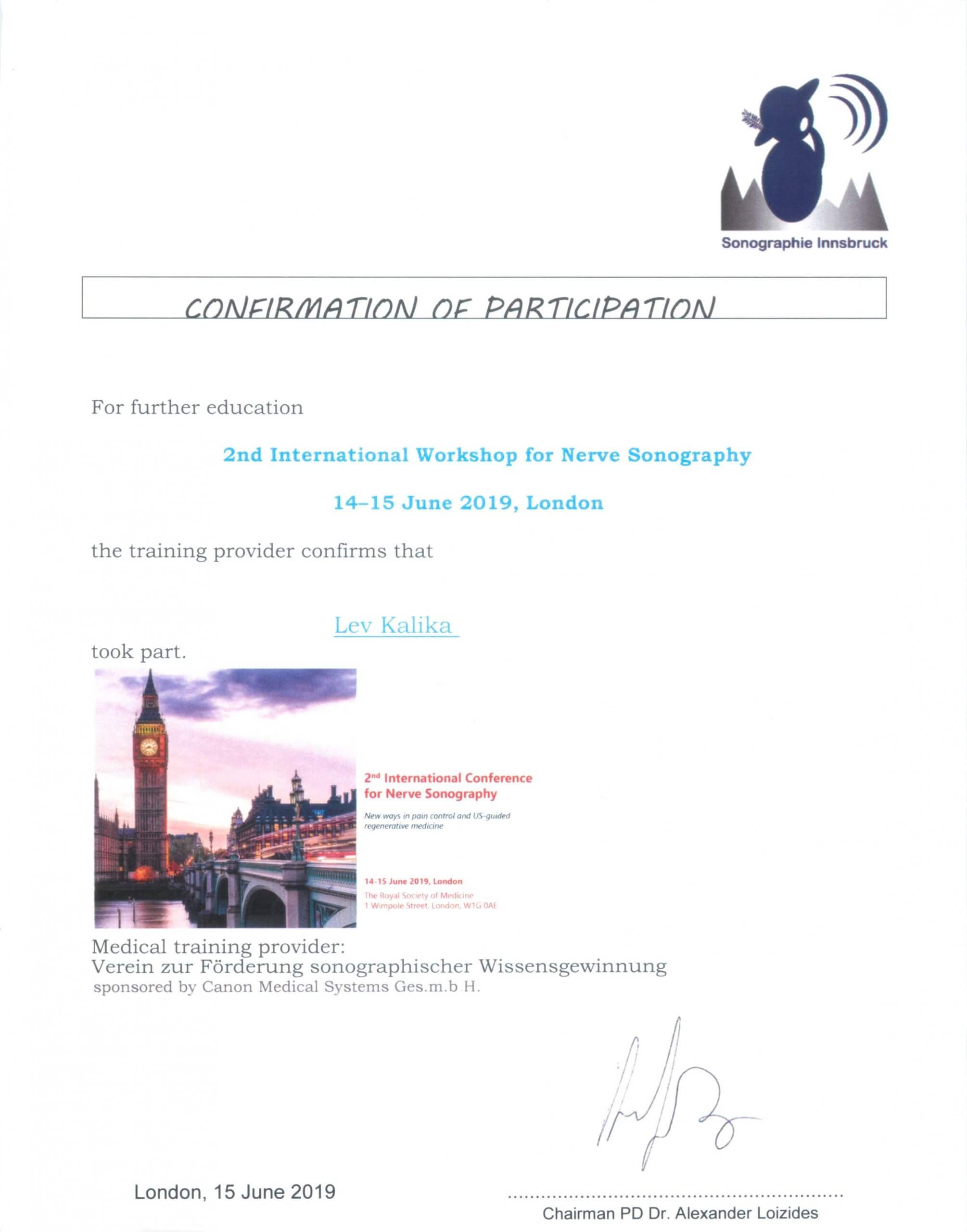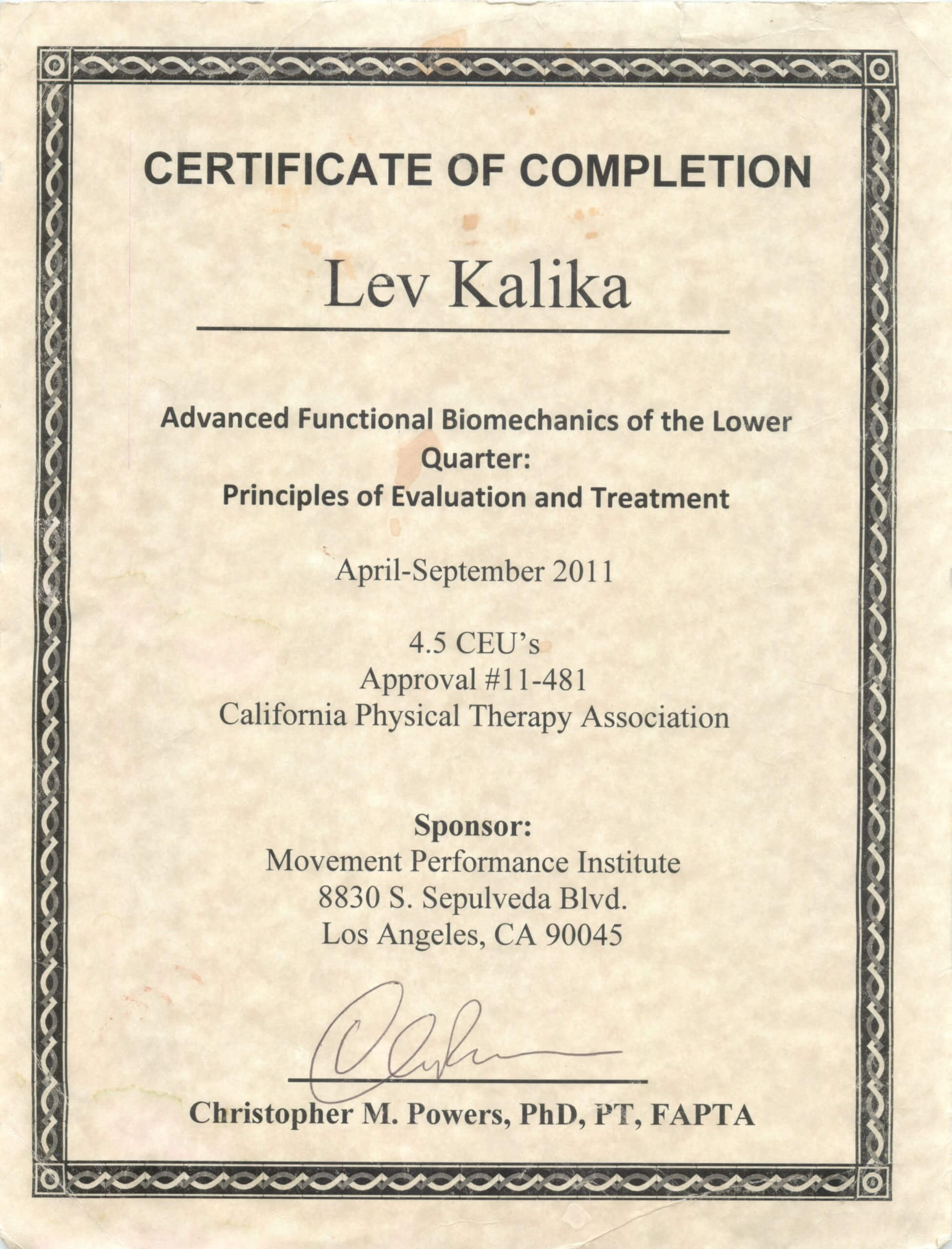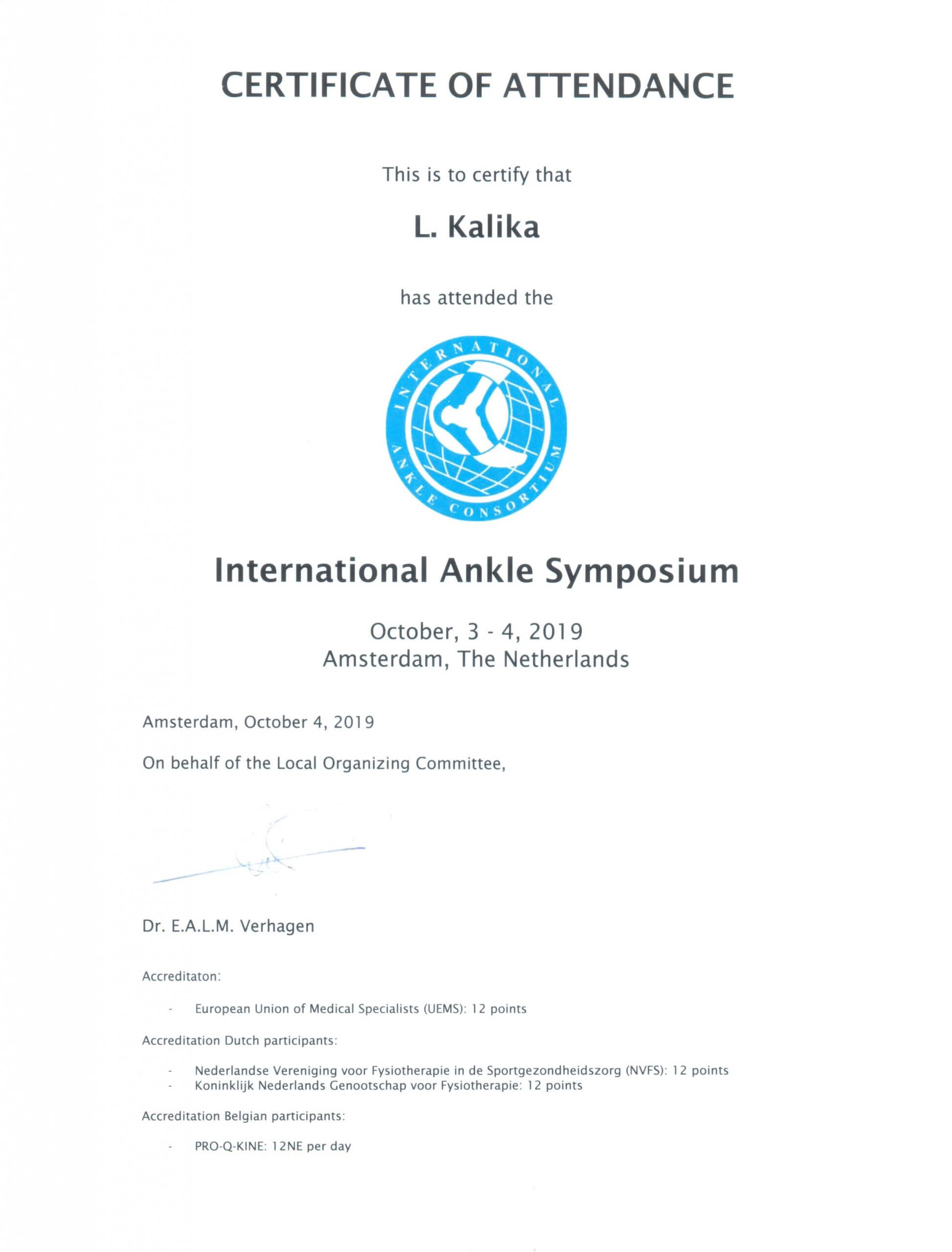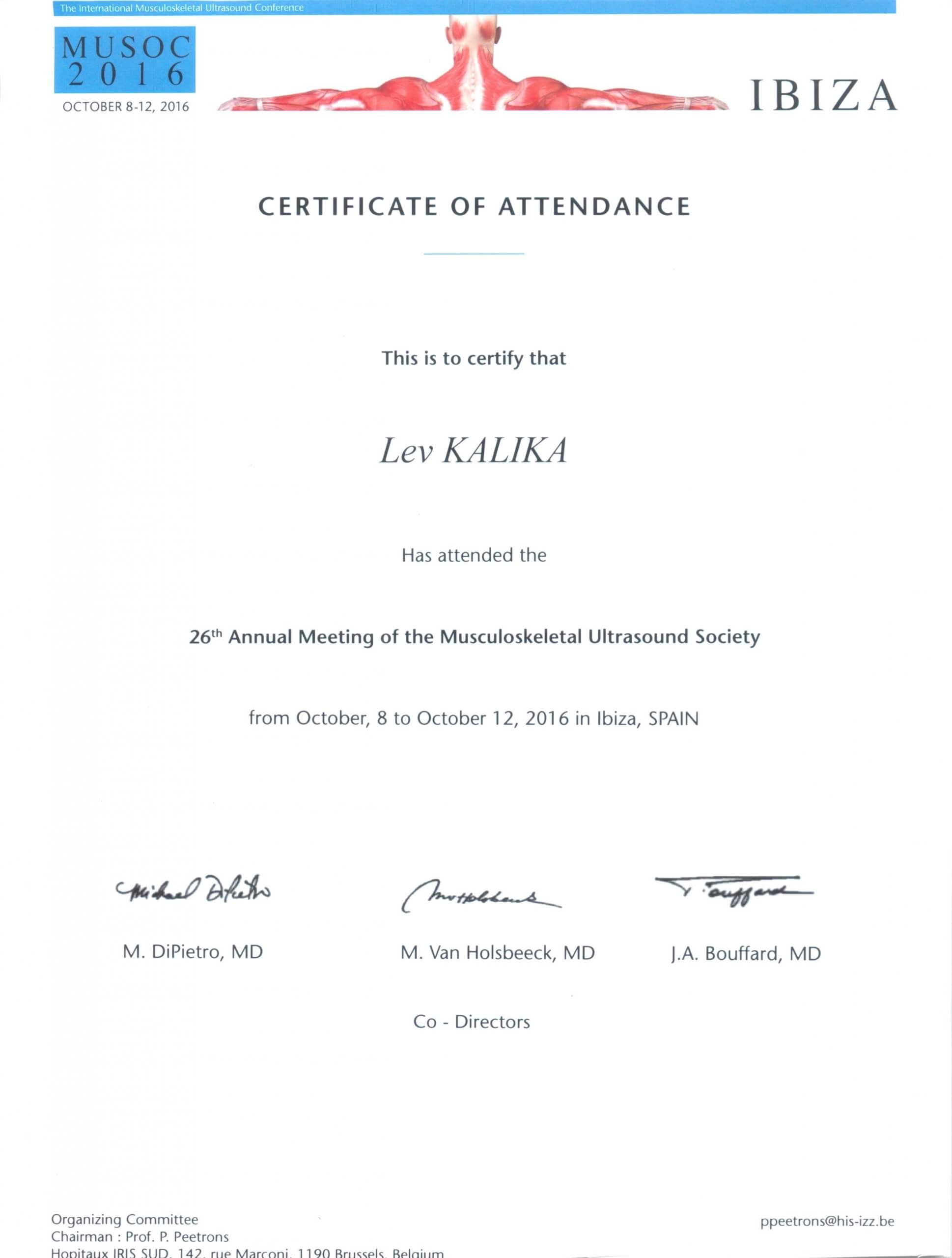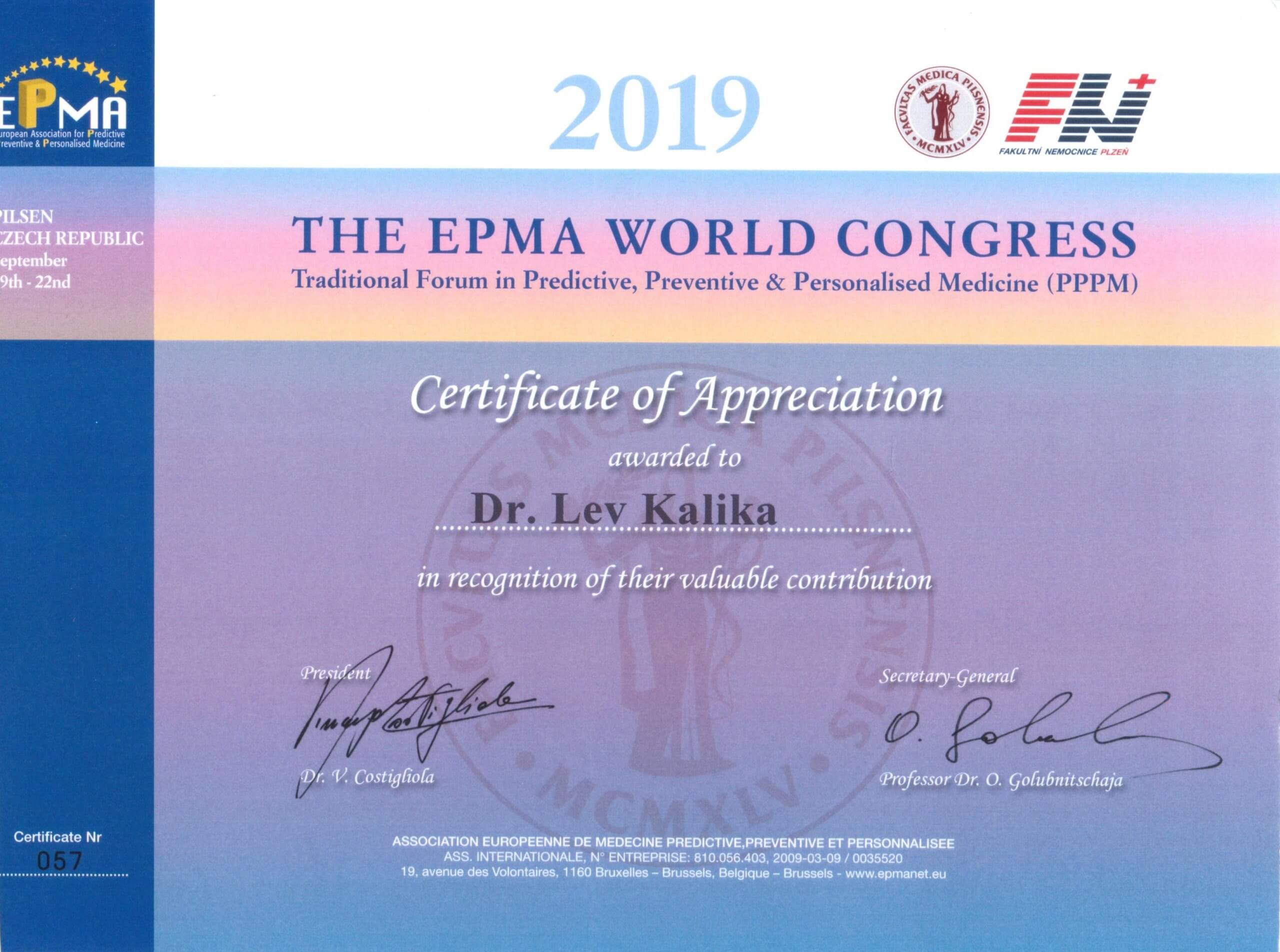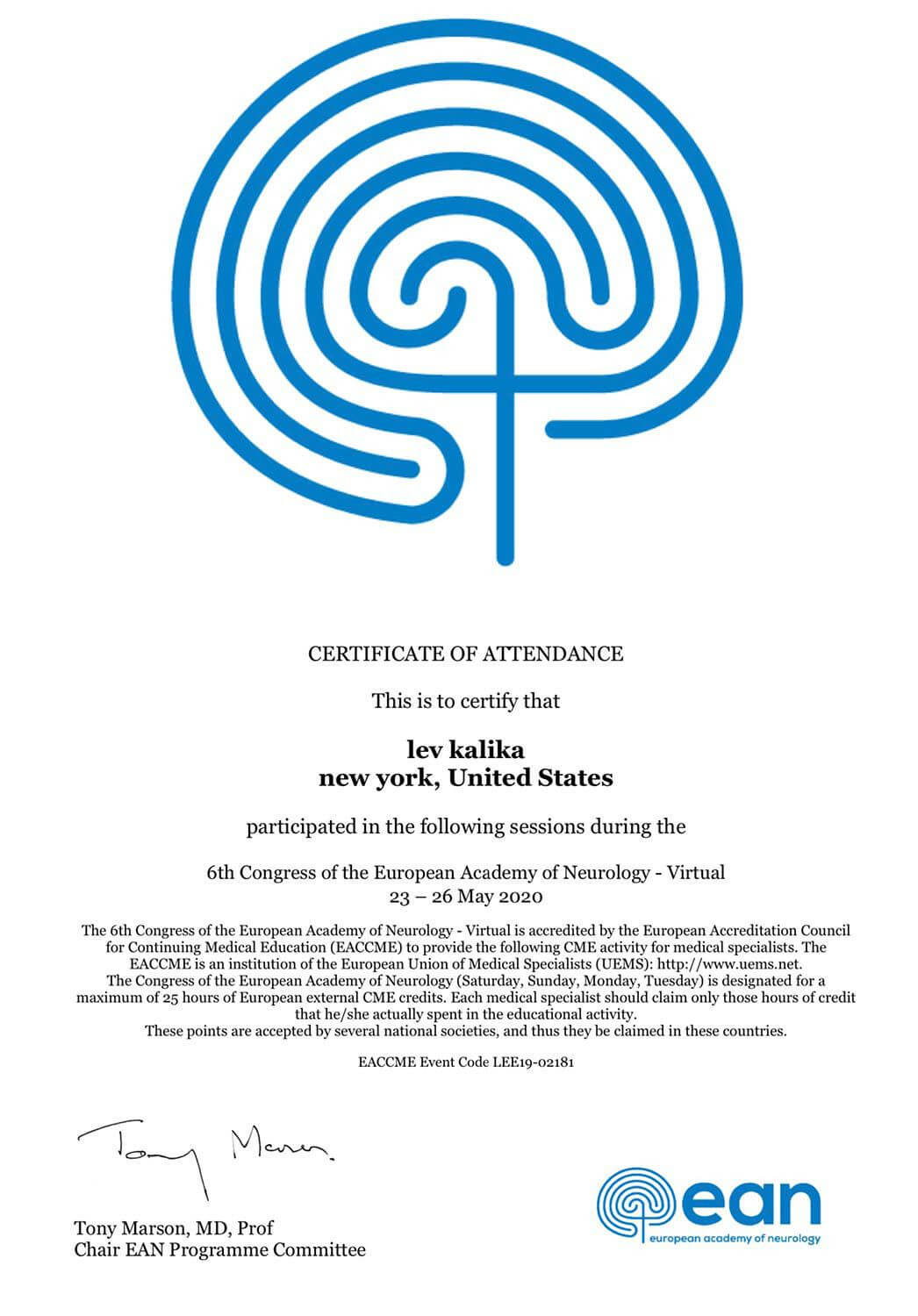Simply put, your gait is a pattern of how you walk or run. This basic motor function is essentially the same for all bipeds; a step using a heel-to-toe movement with weight balanced on one side, then a shift to the other foot, but, many daily practices change our stride making normal gait irregular, painful and, for some, unbearable. From the size of heels worn to the stresses of pounding the pavement, humans do serious bodily damage without even realizing it!
You probably have never considered this thought but, just standing barefoot versus elevated on any heel one-inch or greater will change the 90-degree angle of your stance; depending on the heel height, a shortening of the muscles and tendons will also occur. A heel as low as one inch can adversely affect your posture, causing you to tilt forward, upset your natural balance and force your body to internally shift the delicate harmony of joints and bones producing discomfort with every step.
How incredible is this structure containing all of our musculature which we use and abuse without really thinking about the consequences!
Have you ever considered what happens as a result of these damaging weight shifts to the neuromuscular systems of your body? For example, check the tread and the wear pattern on the heels and soles of your shoes. Loss of tread and uneven heels can cause instability to your ankles, an inordinate amount of strain to small bones in your foot and shift the body load altering your balance.
Spike-heeled stilettos are just as damaging as incorrect soles to the wearer; the entire body has to realign itself, shifting into an unnatural position. According to William A. Rossi, D.P.M, the normal angle of a woman’s pelvis is twenty-five degrees; standing on three-inch heels, that angle changes to sixty degrees causing the shifting of internal organs. You may not notice it but the shoes you wear have a total body impact, from the inside-out!
Chances are, if your lower back or feet hurt on a daily basis, your attention will be drawn to it and, if the pain becomes debilitating, you might contact a specialist such as a physical therapist to bring you back to health.
Learning about your gait is the first step to relief; a gait analysis points out the weaknesses in your body and helps build strength and gain mobility for those folks starting to feel the effects of time. Data is collected with reference to how your muscles move while walking or running, the force to the joints as the foot strikes the ground – basically, the overall cycle of your gait, so that clinicians can provide physical therapy to help with rehabilitation.
Is Physical Therapy Dangerous? Physical Therapy or PT is another name for rehabilitation so no, as long as it is directed and performed by qualified personnel, physical therapy will enhance mobility, strength and increase fitness.
According to PatientsLikeMe.com, physical therapy efficacy rates to assist with balance problems and gait training has been perceived as quite effective and with no apparent side effects.
Performing the correct procedures is essential and can help improve years of abuse. Hammertoes and claw toes are two obvious effects from ill-fitting shoes which can be eased with the help of PT’s and an exercise regimen. If a bone has been broken, such as with a Metatarsal Fracture, after ice, realignment restrain and rest, PT’s come to the rescue, recouping movement through strengthening and stretching exercises which can regain strength and range of motion.
Chances are you don’t need surgery for basic aches and pains and that there is nothing in your gait that requires physical therapy. But, if you are among the growing numbers of pain sufferers who are pushing through your day, take heed. Identify your walking patterns, consider damage that you might be doing on a daily basis from inadequate footwear and know that your body is your temple- this is the first step to relief.


